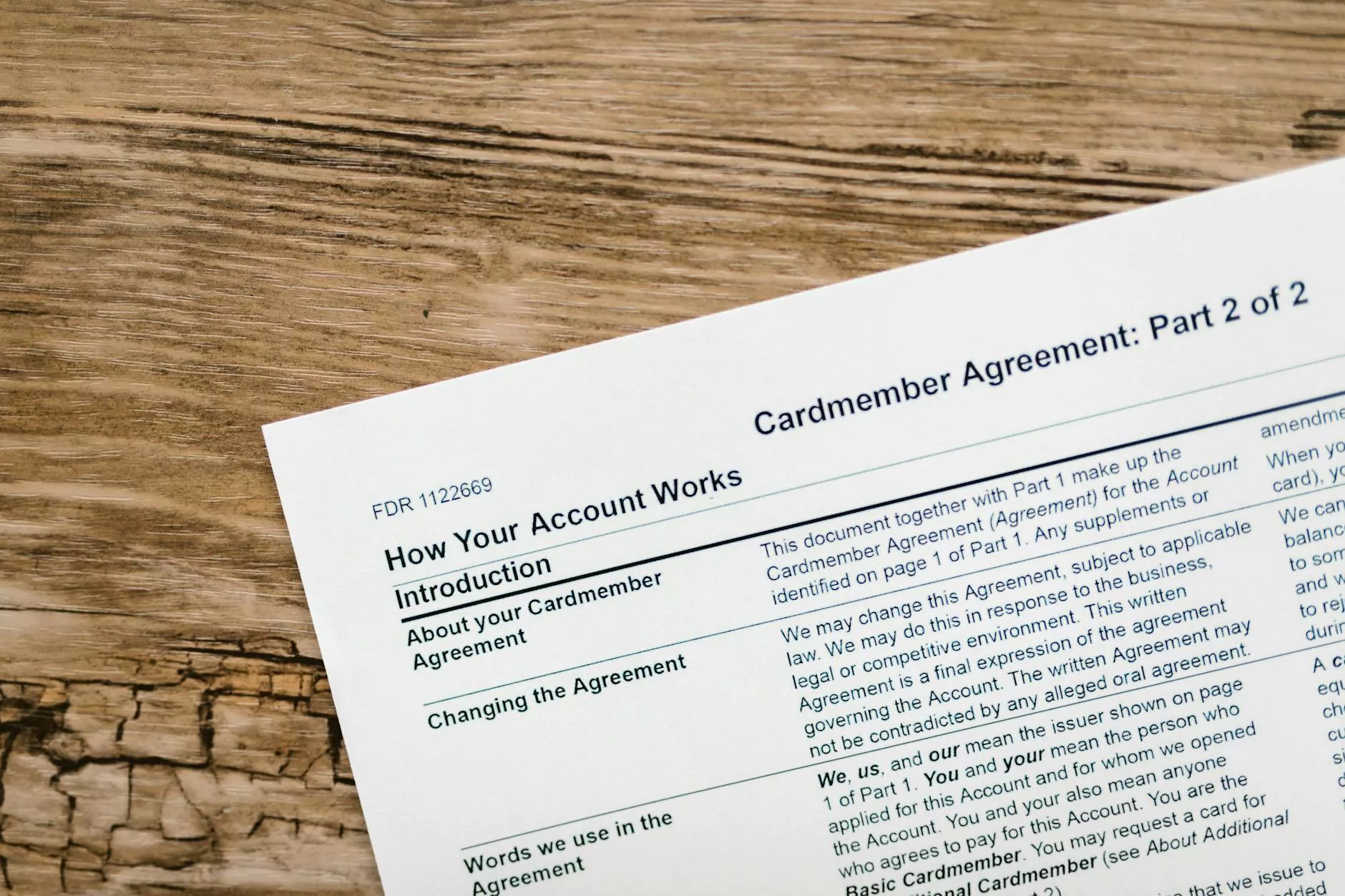The Ultimate Guide to Using a Partial 1031 Exchange Calculator

In the world of real estate investment, maximizing the potential returns while minimizing tax liabilities is a critical balancing act. One strategy that seasoned investors often employ is the 1031 exchange, a powerful tool that can defer capital gains taxes and allow for reinvestment in like-kind properties. In this article, we will delve deep into the concept of a partial 1031 exchange calculator and how it can assist investors in optimizing their portfolios.
Understanding the Basics of 1031 Exchanges
Before exploring the use of a partial 1031 exchange calculator, it’s essential to grasp the fundamental concepts behind 1031 exchanges. Named after Section 1031 of the Internal Revenue Code, these exchanges permit investors to defer taxes on the exchange of real estate properties that are held for investment or productive use in a trade or business.
Key characteristics of 1031 exchanges include:
- Like-Kind Property: The properties being exchanged must be of “like-kind,” meaning they are of the same nature or character, even if they differ in grade or quality.
- Investment or Business Use: The properties involved must be held for investment or used in a business context; personal residences do not qualify.
- Timeline Constraints: Investors must identify potential replacement properties within 45 days and complete the transaction within 180 days.
- Tax Deferral: By utilizing a 1031 exchange, investors can defer capital gains taxes that would typically arise from the sale of the initial property.
What is a Partial 1031 Exchange?
A partial 1031 exchange occurs when an investor sells a property and only reinvests part of the proceeds into another like-kind property. This method can yield both advantages and disadvantages for investors looking to optimize their real estate portfolios. With a partial exchange, the investor receives cash or other assets as part of the transaction. Consequently, taxes may apply to the cash received, but the investor still benefits from deferring taxes on the portion that is reinvested.
Advantages of a Partial 1031 Exchange
Utilizing a partial 1031 exchange offers several advantages for real estate investors, including:
- Flexibility: Investors have the flexibility to diversify their investments by reinvesting in multiple properties, rather than being constrained to a single transaction.
- Liquidity: Investors can gain immediate liquidity from the cash received, allowing for other investment opportunities or personal financial needs.
- Tax Advantages: Even with the cash received, the remaining investment is still protected from immediate capital gains taxation.
The Role of the Partial 1031 Exchange Calculator
A partial 1031 exchange calculator is a valuable tool for investors to estimate the tax implications and benefits of proceeding with a partial exchange. By inputting variables such as the selling price, the amount of cash received, and the cost of the new investment property, investors can calculate potential tax liabilities and deferred amounts.
How to Use a Partial 1031 Exchange Calculator
Here’s a detailed guide on using a partial 1031 exchange calculator:
- Input Sale Price: Begin by entering the sale price of the relinquished property.
- Enter Adjusted Basis: Input the adjusted basis (original purchase price plus improvements minus depreciation) of the relinquished property.
- Cash Received: Specify the amount of cash you anticipate receiving from the sale.
- New Property Price: Enter the purchase price of the new property you intend to acquire.
- Results and Analysis: The calculator will provide an analysis of deferred taxes and potential cash liability. Examine these results to make informed decisions.
Factors to Consider When Using a Partial 1031 Exchange
While a partial 1031 exchange calculator is a powerful resource, it’s important to also consider various factors that can influence the overall outcome of your exchange:
- Current Market Conditions: Understand the real estate market trends and how they could impact the value of both your relinquished and acquired properties.
- Future Investment Goals: Define your short-term and long-term investment goals to align your property acquisitions with your strategy.
- Professional Guidance: Consult with experienced real estate attorneys or tax professionals, such as those at McFerran Law, to navigate the complexities of 1031 exchanges.
Common Mistakes to Avoid in Partial 1031 Exchanges
Investors should be mindful of common pitfalls that can arise during partial 1031 exchanges:
- Miscalculating Tax Liabilities: Ensure accurate calculations by utilizing a partial 1031 exchange calculator to avoid unexpected tax burdens.
- Not Meeting Deadlines: Adhere strictly to the 45- and 180-day timelines to avoid disqualification of the exchange.
- Ignoring Qualified Intermediaries: Engage a qualified intermediary to facilitate the exchange process properly and ensure compliance with IRS regulations.
Real-Life Scenarios of Partial 1031 Exchanges
To better illustrate how a partial 1031 exchange operates, consider the following scenarios:
Scenario 1: Multifamily Property to Single Family Rentals
Imagine an investor who sells a multifamily property for $1 million. They identify a single-family rental property for $800,000 and plan to take $200,000 in cash out of the exchange. By using the partial 1031 exchange calculator, they can assess the taxable amount on the cash received while deferring taxes on the remaining $800,000.
Scenario 2: Diversifying Investments in Commercial Real Estate
Another investor sells a commercial building for $2 million. They wish to acquire two separate properties: one for $1.5 million and another for $500,000. Using a partial exchange approach, they can diversify their investment portfolio and gather cash liquidity while deferring taxes on the amount reinvested.
Working with Professionals
While the partial 1031 exchange calculator provides crucial information, the complexity of real estate transactions necessitates the expertise of legal and financial professionals. Collaborating with a law firm specializing in real estate law, like McFerran Law, ensures that investors have comprehensive guidance throughout the process. Legal experts can help navigate the regulations, identify opportunities for savings, and streamline the exchange process.
Conclusion
The world of real estate investment is multifaceted, and understanding the implications of a partial 1031 exchange calculator can significantly enhance an investor's ability to make informed decisions. By utilizing this tool effectively, alongside professional guidance, investors can strategically defer capital gains taxes, optimize their investment strategy, and create a robust portfolio that meets their financial goals.
For expert assistance in navigating partial 1031 exchanges and leveraging the most suitable strategies for your real estate investments, visit McFerran Law today. Understand your options, maximize your investments, and enjoy the benefits of effective tax deferral strategies.









